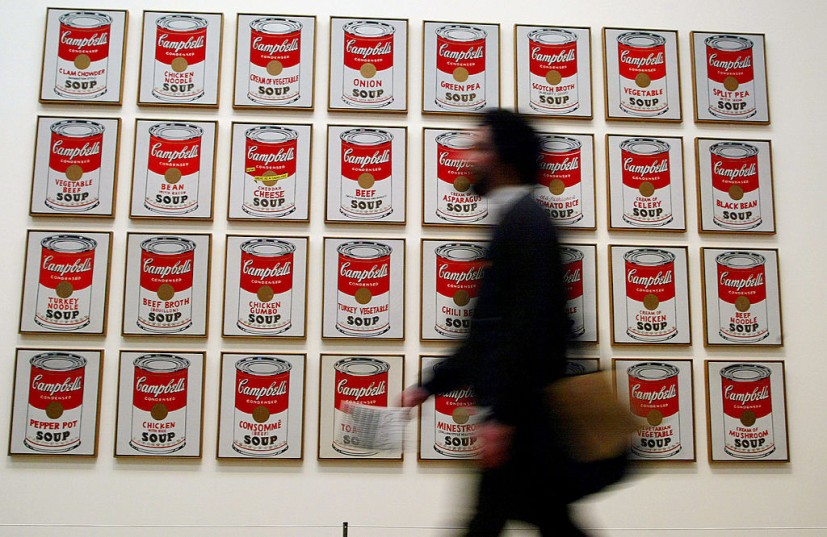
Last year, it has been general knowledge that generative AI models built around "stable diffusion" technology need massive amounts of data to base their training on, which are typically sourced from real human artists and creatives alike.
However, at the beginning of 2024, "substantive evidence" of this kind of training practice met Midjourney which consequently caused an uproar from the art community.
A link to a Google Sheet allegedly containing a list of around 16,000 artists' names that Midjourney's AI had allegedly "scraped" for its training had made its rounds on the social media platforms X, formerly known as Twitter, and Bluesky.
Included in this document was supposed evidence that the AI company had developed a database of art from varying periods, styles, movements, genres, media, techniques, and artists.
The Alleged Database Containing Names of Over 16,000 Artists
Jon Lam, a Riot Games senior storyboard artist, posted several screengrabs on X of Midjourney developers "talking" about the creation of the said database.
The gigantic 24-page document comprises names from big companies to contemporary masters like Hasbro, Nintendo, Disney, Andy Warhol, Pablo Picasso, Vincent van Gogh, Frida Kahlo, and plenty of others.
The alleged dataset did not just contain content exclusively scraped from known creatives as it also included one-off artists like Hyan Tran, a six-year-old who partook in a 2021 fundraiser for the Seattle Children's Hospital, which was spearheaded by the famed card game "Magic the Gathering."
American cartoonist Phil Foglio took to Bluesky to alert his fellow "webcomics" of the existence of the document, urging them to check and see if they are "on" it, and advising them to seek a "good lawyer" if they have not already.
That said, access to the Google document has since been restricted, but users were able to find a version that has been transferred to the Internet Archive.
Read also: 'Roses for All': Calling Attention to the Inequality That Endangers UK's Arts and Culture Sector
The Lawsuit Targetting Midjourney and Other Generative AI Models
Last Nov. 29, the list of artists was also included within a 455-page supplementary evidence document filed alongside a class-action lawsuit against companies centered around generative AI like Midjourney, Stability AI, and DeviantArt, according to a report by Art News.
This amendment was submitted after a California federal court judge had initially dismissed a handful of claims made by an artist collective against DeviantArt and Midjourney on Oct. 30 of last year, which was first filed in the US District Court of the Northern District of California.
Following all the legal complaints, the US Copyright Review Board decided last September that images generated using the Midjourney software are not copyrightable due to how these images were created.
Despite the wins, artists and the communities made up of them are still worrying about the effects of these generative technologies, especially because of the recently circulating Google document.